
This post was written by Erv Nichols, Birding Intern in 2014, 2015, & 2016.
Building a good nest is this generation of birds’ obligation to the next. In order to carry on the species, a bird must be able to ensure the survival of its offspring and the best insurance is a safe, strong home to raise future generations of their chicks until fledging occurs.
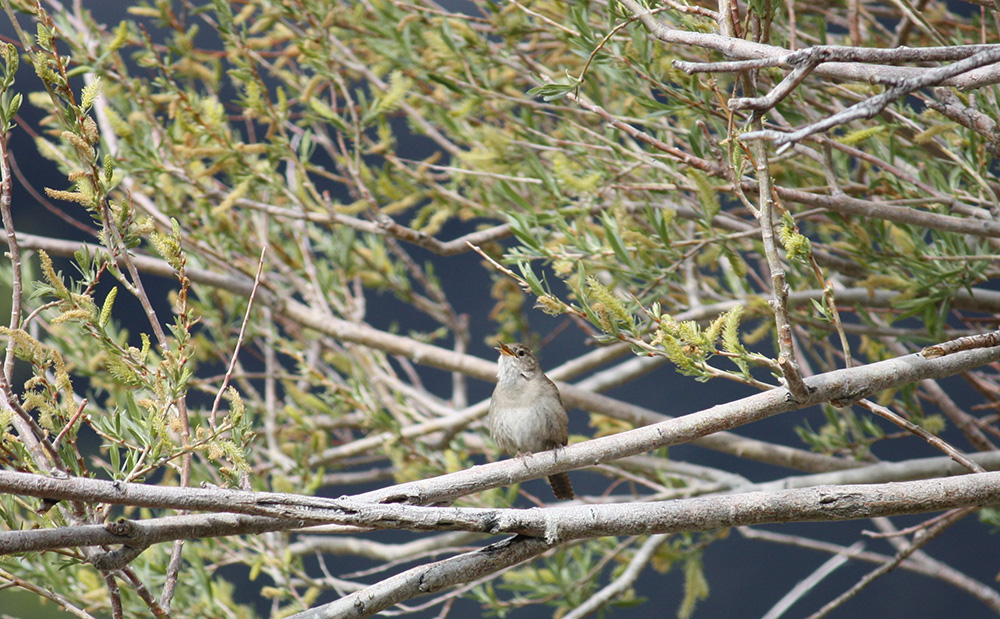
My partner Sandra and I spent last summer as volunteers leading bird walks for the Mono Lake Committee. When we had the opportunity to return this year and split a shift as Birding Interns, we jumped at the chance. The Committee, its interns, and volunteers are some of the hardest working, most dedicated people we have ever worked with. Even though my car is older than most of them, they make us feel that we are contributing to an important cause and actually doing some good for the environment.
This year we “flew in,” metaphorically speaking, and went right to work photographing birds and checking their nests for eggs and chicks. Spring is the season for new bird families and the Mono Basin is a great place to see nesting both on the lake and in the surrounding area. It is home to the smallest of birds and some of the largest with everything in between.
Three species of hummingbirds nest in the Mono Basin, building a nest about the size of half a walnut shell out of grasses and other natural materials and weaving in silk from spider webs for strength, then laying two eggs the size of coffee beans.
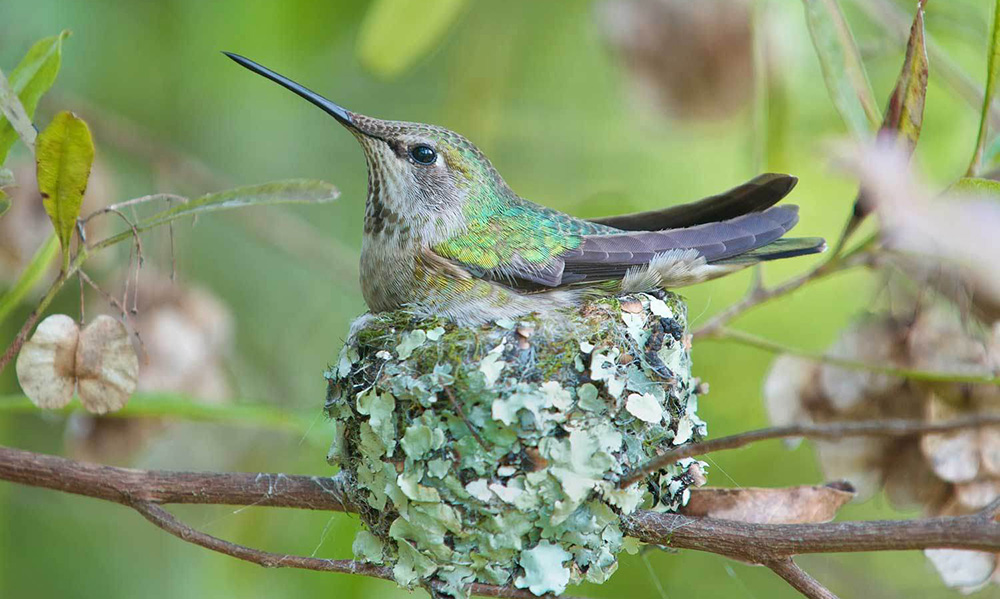
Two of the numerous swallows that call Mono home are the Barn Swallow and the Cliff Swallow, whose handiwork can be seen under the eaves of the Forest Service Visitor Center. It takes over a thousand trips gathering daubs of mud to build a nest like this!
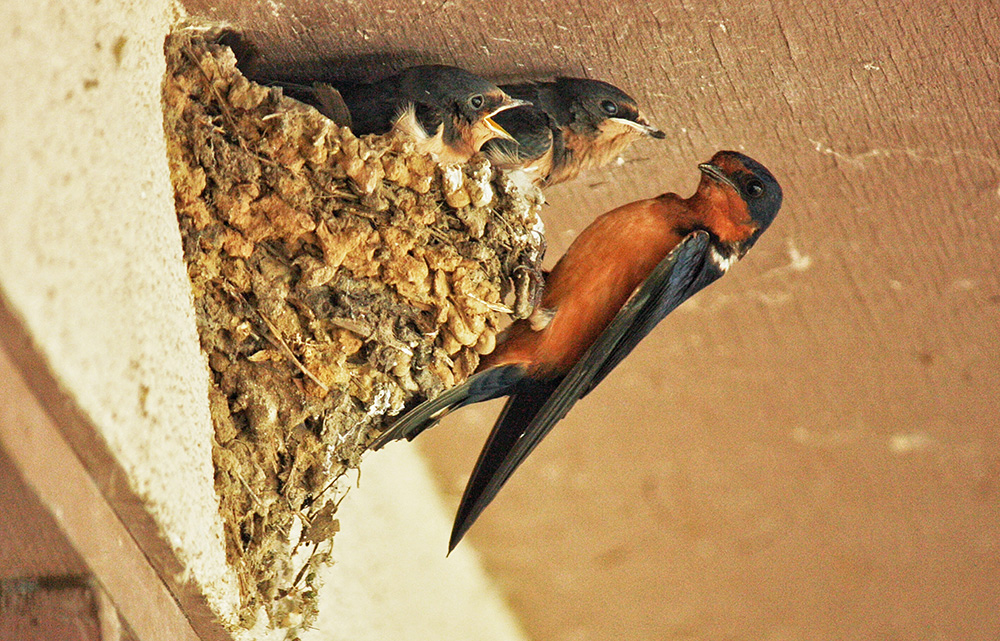
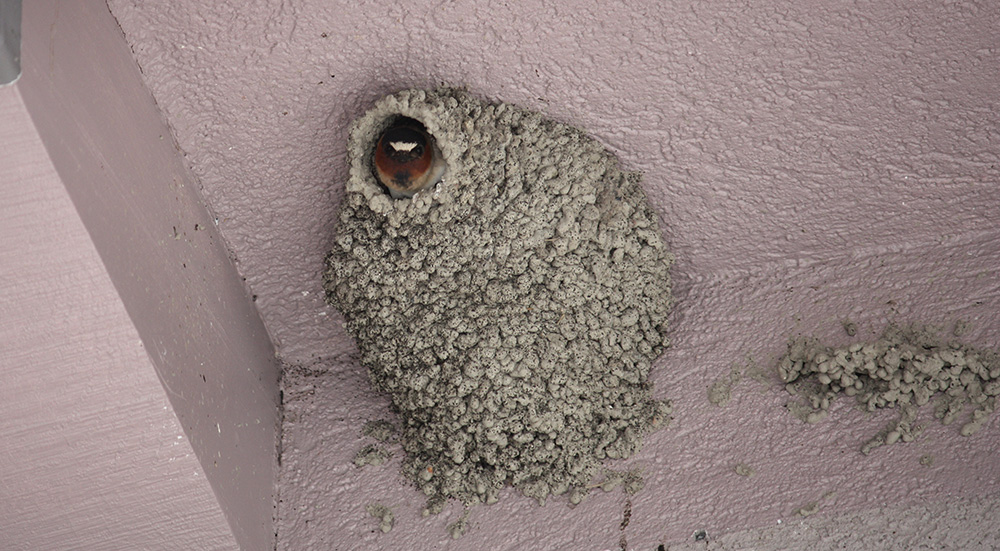
Some of the nearby lakes are home to America’s icon, the Bald Eagle. An eagle nest can weigh as much as a ton and be the size of a small car! They are used and added to year after year until the tree falls or winds and storms force the building of a new one.
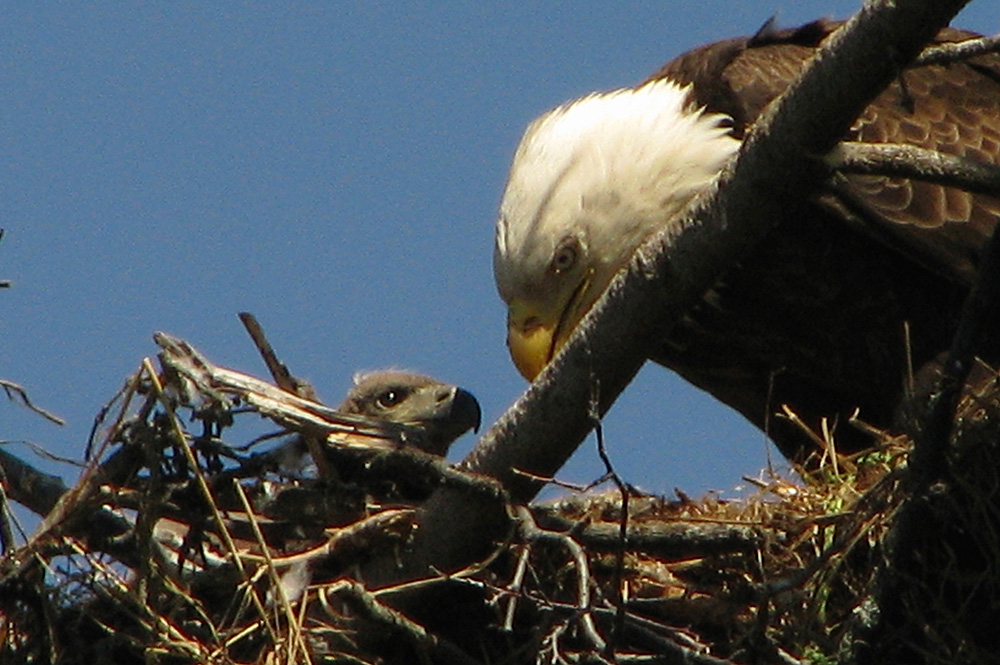
Seeking the safety of the surrounding lake waters, California Gulls build a simple nest on the many islets of Mono Lake. Until the late 1970s, Negit Island was home to thousands of gull nests when receding waters exposed a landbridge that allowed access by coyotes that decimated the next generation. The lake waters are again receding because of the drought and threatening another landbridge, but the birds have since learned to use the small outcroppings and islets that offer greater protection.
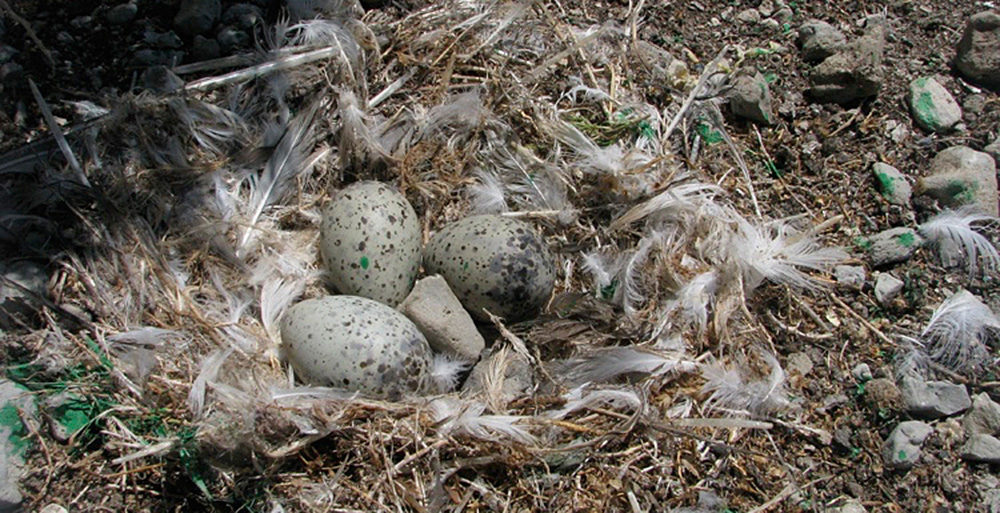
Another icon of Mono Lake, the Osprey, is perhaps the most interesting bird to many. Osprey build up to 12 nests at Mono Lake, adding to and cleaning up previous years’ handiwork starting in early spring when they can be seen flying over the water carrying sticks as long as six feet back to their well-protected tufa homes. Approaching their nests by canoe or kayak closer than 200 yards is against the law while nesting is going on (and they will let you know when you are too close!), but viewing several nests from South Tufa or County Park through binoculars will get you a closeup of new chicks begging for fish.
But there are no fish in Mono Lake, right? Right! Well, these ingenious birds are typical Californians. They want to raise their kids in a safe, secure environment (Mono Lake) so they commute to other lakes (June Lake, Lundy Lake Reservoir) where, much to the consternation of fishermen, they scoop up a takeout meal and fly back to feed the family at Mono.
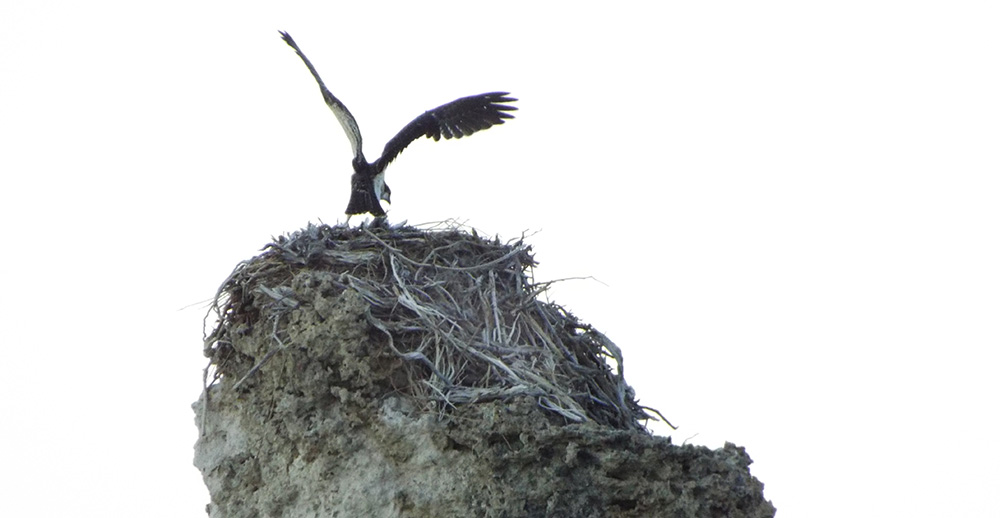
Please join us Fridays and Sundays at 8:00am this summer at County Park to learn more about Mono Lake’s birds and their chicks and the fascinating area that is the Mono Basin.
